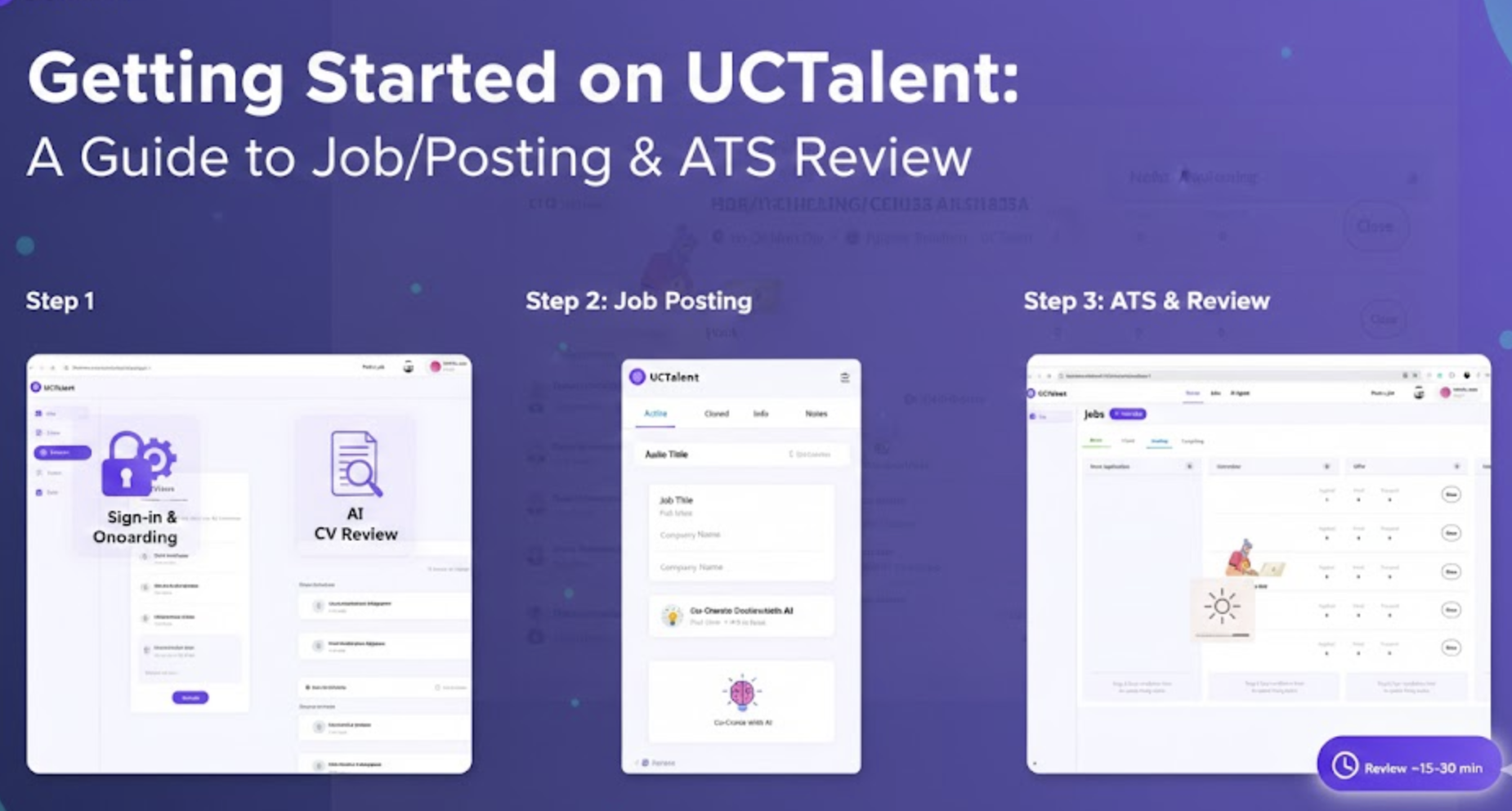A Beginner's Guide to AI: Unlocking the Power of Artificial Intelligence in Everyday Life
Artificial Intelligence (AI) is one of the most transformative technologies of our time, shaping industries from healthcare to entertainment. If you’ve heard about AI but aren’t sure what it entails, you’re not alone. This article will give you a beginner-friendly introduction to AI, its components, and its applications.
What is Artificial Intelligence?
At its core, Artificial Intelligence refers to machines that mimic human intelligence to perform tasks autonomously. These tasks could include decision-making, learning from experiences, speech recognition, visual perception, and even translating languages. AI systems are designed to analyze large sets of data and adapt based on that information, making them progressively more efficient in completing assigned tasks.

Types of AI
AI is broadly classified into two types:
- Narrow AI (Weak AI): Narrow AI systems are designed to perform a single task or a limited range of tasks. For instance, Siri, the virtual assistant on your phone, is an example of Narrow AI. It can answer questions, set alarms, and send texts but can't engage in tasks outside its programming.
- General AI (Strong AI): General AI is a theoretical concept and represents a machine that has the ability to understand, learn, and apply intelligence across various fields, much like a human. Strong AI doesn't exist yet but is the ultimate goal of AI research, potentially revolutionizing how we interact with technology.
How Does AI Work?
AI is built on several key components, each contributing to the development of intelligent systems. Here are the main elements:
1. Machine Learning (ML)
Machine Learning is a subset of AI that allows machines to learn from data without explicit programming. In traditional programming, rules are defined by a human to make the machine perform a task. In ML, the machine analyzes large data sets to find patterns and improve its performance on a specific task over time. There are three main types of machine learning:
- Supervised Learning: The machine is trained on labeled data, where the outcome is known. The machine uses this training data to make predictions on new, unseen data.
- Unsupervised Learning: The machine is given data without labels, and it finds hidden patterns or groupings in the data, such as customer segmentation for marketing purposes.
- Reinforcement Learning: The machine learns through trial and error, receiving feedback in the form of rewards or penalties, much like training a dog with treats.
2. Neural Networks
Neural networks are modeled after the human brain’s structure, consisting of layers of interconnected nodes or "neurons." These networks can process vast amounts of data, helping machines identify patterns and make decisions. Deep learning, a more advanced form of AI, uses neural networks with multiple layers to perform complex tasks like facial recognition and natural language processing.
3. Natural Language Processing (NLP)
NLP enables machines to understand, interpret, and respond to human language. Applications like chatbots, virtual assistants, and language translation tools rely on NLP to facilitate interactions between humans and machines. NLP has made it possible for AI to engage in conversations, answer questions, and even write articles.
4. Computer Vision
Computer vision allows AI to interpret and understand visual information from the world. It’s used in facial recognition, self-driving cars, and medical imaging. By analyzing images and video, AI can identify objects, people, and environments with remarkable accuracy.
AI in Everyday Life
AI may sound like a futuristic concept, but it’s already integrated into our daily lives. Here are some common examples:
1. Virtual Assistants
AI-powered virtual assistants like Siri, Google Assistant, and Alexa help users perform tasks hands-free. They can provide directions, answer questions, set reminders, and control smart devices in your home.

2. Recommendation Systems
Have you ever noticed how Netflix suggests movies you might like or how Amazon recommends products based on your browsing history? These are AI-driven recommendation systems that analyze your behavior and preferences to offer personalized suggestions like CATv2 (Career Assessment Tool) of UCTalent.

3. Self-Driving Cars
Self-driving vehicles use AI to interpret the world around them. Through sensors, cameras, and AI algorithms, these cars can navigate roads, avoid obstacles, and even make decisions in real time to ensure passenger safety.
4. Healthcare
In healthcare, AI is revolutionizing the diagnosis and treatment of diseases. AI-powered systems analyze medical data, helping doctors identify patterns that could indicate early stages of a disease. AI is also being used in drug discovery and to develop personalized treatment plans based on a patient's genetic makeup.
5. Chatbots and Customer Service
Many businesses are adopting AI-powered chatbots to provide quick and efficient customer service. These bots can answer questions, solve problems, and even help customers make purchases without needing human intervention.
Benefits and Challenges of AI
Benefits
- Efficiency: AI can process vast amounts of data faster and more accurately than humans.
- Cost-Effective: Automation reduces the need for manual labor, cutting costs for businesses.
- Accuracy: AI reduces human errors, especially in repetitive tasks.
- Personalization: AI tailors recommendations and services to individual preferences, improving customer experiences.
Challenges
- Job Displacement: Automation can lead to job losses in certain industries, as machines replace human workers for repetitive tasks.
- Bias and Ethics: AI systems can sometimes exhibit biases based on the data they are trained on. Ethical concerns also arise in areas such as privacy and the potential misuse of AI technologies.
- Complexity: Developing and maintaining AI systems require advanced knowledge and resources, which can be a barrier for smaller companies or individuals.
Conclusion
AI is transforming the way we live, work, and interact with the world. From virtual assistants to self-driving cars, AI is present in nearly every aspect of our daily lives. Understanding the basics of AI can help you stay informed about future developments and appreciate the significant role it plays in shaping our future. While AI offers numerous benefits, it's also important to consider the ethical implications and potential challenges that come with it. As you continue to explore AI, you’ll discover its incredible potential to revolutionize our world.
UCTalent leverages AI to offer a personalized career assessment tool that helps junior and middle-level talents navigate their career paths with precision. By analyzing updated CVs and interactive questionnaires, AI extracts key skills, experiences, and preferences to generate a data-driven report tailored to each user. This report outlines potential career path options and provides a personalized development plan, offering actionable insights for achieving career goals. Through this AI-powered tool, UCTalent empowers users with self-awareness and direction, helping them make informed decisions about their professional development in the blockchain and web3 fields.

Looking to learn more about AI and Web3 technologies are reshaping industries? Be sure to check out our latest articles for more insights.







.png)




